Bristlenose catfish - Ancistrus sp.
Scientific name: Ancistrus sp.
Common name: Bristlenose catfish
Family: Loricariidae
Usual size in fish tanks: 10 - 12 cm (3.94 - 4.72 inch)
014
Recommended pH range: 5.8 - 7.8
Recommended water hardness: 4 - 18°N (71.43 - 321.43ppm)
0°C 32°F30°C 86°F
Recommended temperature range: 22 - 26 °C (71.6 - 78.8°F)
The way how these fish reproduce: Spawning
Where the species comes from: South America
Temperament to its own species: peaceful
Temperament toward other fish species: peaceful
Usual place in the tank: Bottom levels
Short description
The Bristlenose catfish (Ancistrus sp.) is a small, hardy loricariid widely kept for its constant grazing and easygoing temperament. Most “bristlenose” in the trade descend from domestic forms of Ancistrus cf. cirrhosus and related species; husbandry is similar across these strains. Males develop the characteristic facial bristles (tentacles). Peaceful with other fish, but adult males can be territorial toward rival males—especially around caves.
Origin
South America — various Amazon/Orinoco drainages and foothill streams with wood, leaf litter, and moderate flow. Aquarium forms are largely domesticated, but still prefer clean, well-oxygenated water and stable parameters.
Food and feeding
An aufwuchs/biofilm grazer with omnivorous habits. Provide sinking algae/spirulina wafers and quality pleco pellets as staples; supplement with blanched vegetables (zucchini, cucumber, spinach, green beans) and small amounts of protein (bloodworms, daphnia, finely chopped shrimp) 1–3× weekly. Offer a piece of driftwood for grazing and dietary fiber. Do not rely solely on “algae cleanup”; balanced feeding is essential once surfaces are clean.
Sexing
Males develop prominent bristles on the snout and may have stronger cheek/flank odontodes; females are typically smaller, rounder when gravid, with little or no bristling (often limited to the snout edge).
Breeding
A classic cave spawner. Provide tight caves/tubes with a single entrance. The female lays a clutch inside; the male guards and fans the eggs. At 25–27 °C, eggs usually hatch in ~4–6 days; fry absorb yolk for another 3–5 days. Start them on powdered algae foods, crushed wafers, blanched greens, and later baby brine shrimp/cyclops. Keep oxygen high and water very clean.
Lifespan
Commonly 8–12 years with good care (15 years is possible but exceptional).
Behavior & compatibility
Generally peaceful community fish. Keep singly or with multiple individuals only if the tank has several caves and broken sightlines to limit male–male disputes. Compatible with tetras/rasboras, peaceful cichlids, Corydoras, and other non-aggressive tank mates of similar size.
Tank requirements
- Tank size: ~80–120 L for a single adult; more volume for multiple fish or breeding.
- Aquascape: sand or smooth gravel, driftwood, smooth stones/slate for biofilm, and multiple snug caves.
- Water: pH 5.8–7.8, soft to moderately hard; temperature 22–26 °C. Prioritize stability and low nitrate.
- Filtration: robust biofiltration; weekly partial water changes to keep organics down.
- Lighting: moderate or subdued; allow controlled biofilm on hardscape for natural grazing.
Care notes
Excellent surface grazers, but no pleco can “fix” algae problems caused by excess nutrients or poor maintenance—good husbandry remains essential.
Pictures
Except of the profile picture, other pictures were bought by aqua-fish.net from jjphoto.dk.








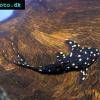 Adonis
Adonis  Lyre
Lyre 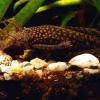 Bristlenose
Bristlenose 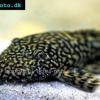 Gold
Gold 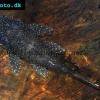 Bushymouth
Bushymouth 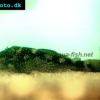 Spotted
Spotted  Medusa
Medusa 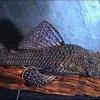 Starlight
Starlight 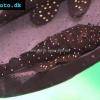 Spotted
Spotted  Catfish
Catfish 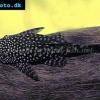 Bushynose
Bushynose 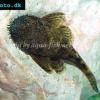 Bristlenose
Bristlenose 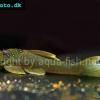 Green
Green 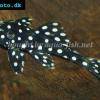 LDA-33
LDA-33 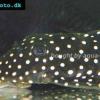 Snowflake
Snowflake 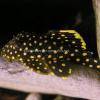 Gold
Gold 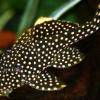 Gold
Gold  Bulldog
Bulldog  Dasyloricaria
Dasyloricaria 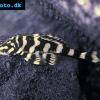 Butterfly
Butterfly 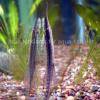 Whiptail
Whiptail 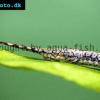 Amazon
Amazon 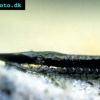 Twig
Twig 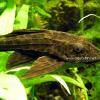 Spotted
Spotted 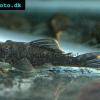 Spotted
Spotted 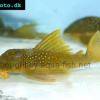 Lemon
Lemon 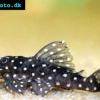 Pleco
Pleco 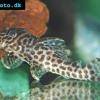 Peruvian
Peruvian 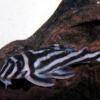 Zebra
Zebra 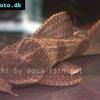 Pleco
Pleco 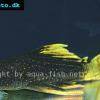 Hypostomus
Hypostomus 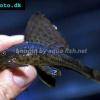 Pleco
Pleco 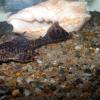 Suckermouth
Suckermouth 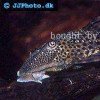 Spotted
Spotted 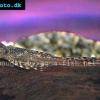 Woodeating
Woodeating 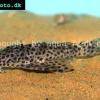 Golden
Golden  Sultan
Sultan 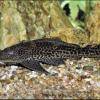 Multiradiatus
Multiradiatus  Marbled
Marbled 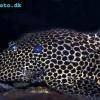 Pleco
Pleco 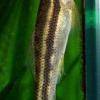 Dwarf
Dwarf 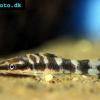 Dwarf
Dwarf  Dwarf
Dwarf 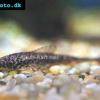 Oxyropsis
Oxyropsis 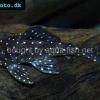 Orange
Orange 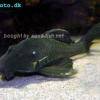 Blue
Blue 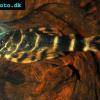 Clown
Clown 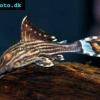 Royal
Royal 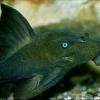 Blue
Blue 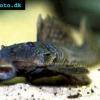 Rubber
Rubber  Goby
Goby 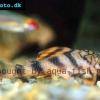 Wormline
Wormline 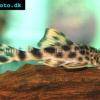 Para
Para 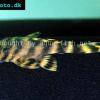 Tiger
Tiger 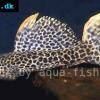 Leopard
Leopard 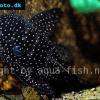 Spiny
Spiny 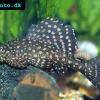 Marbled
Marbled 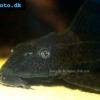 Amazon
Amazon 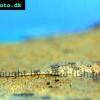 Common
Common 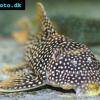 Sunshine
Sunshine 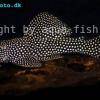 Golden
Golden